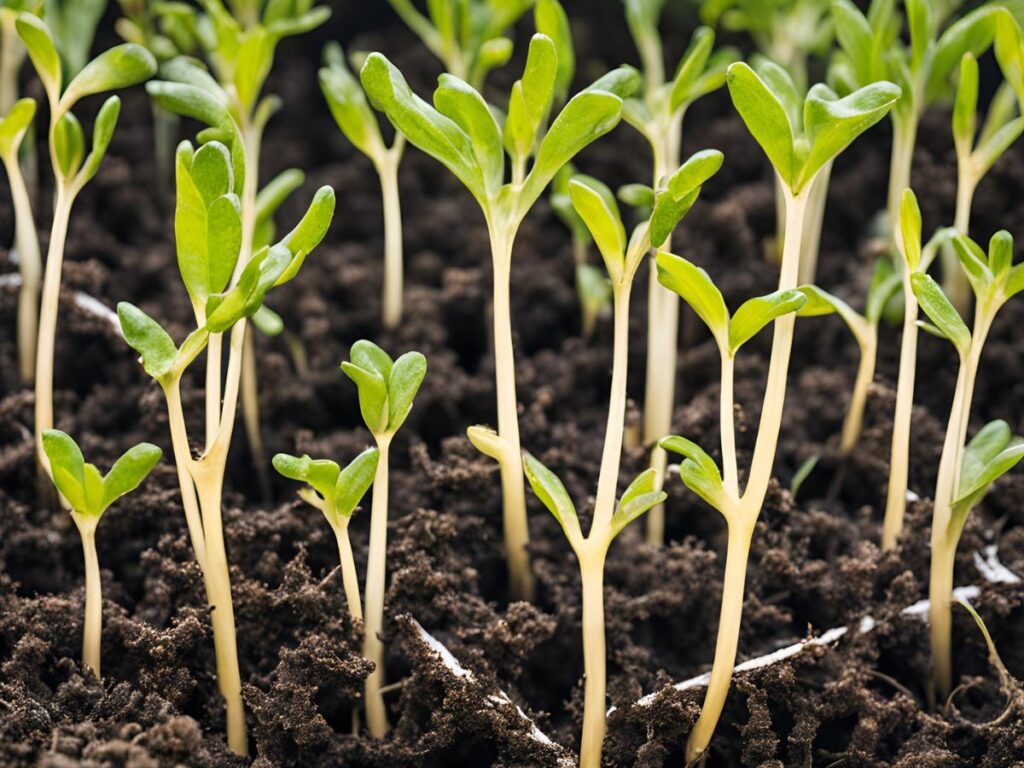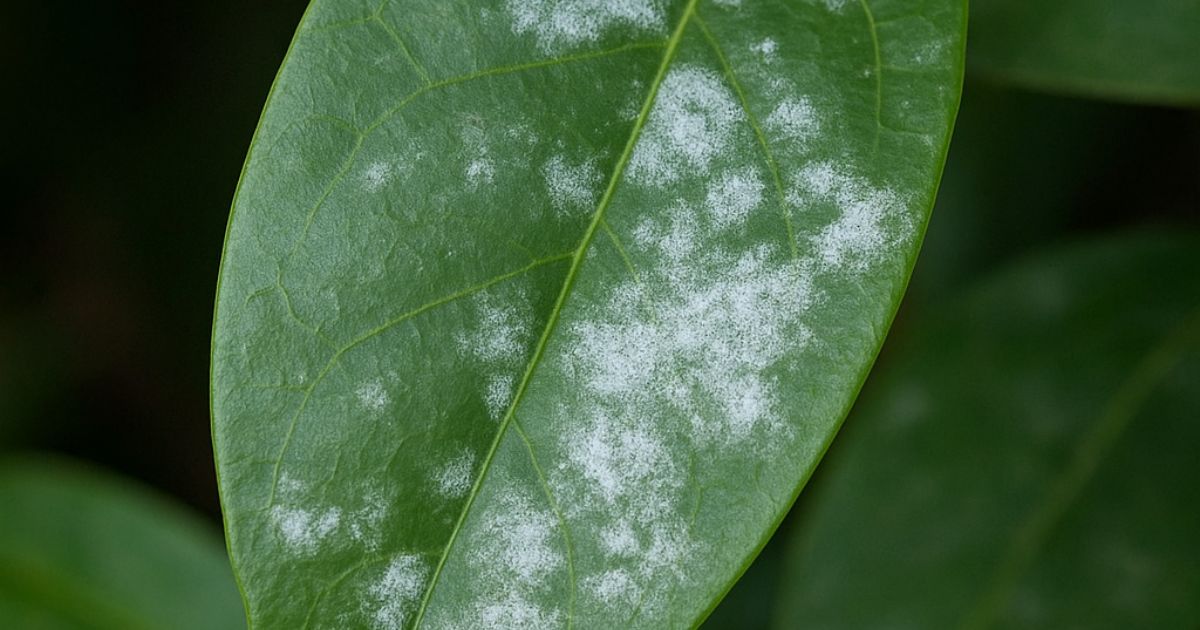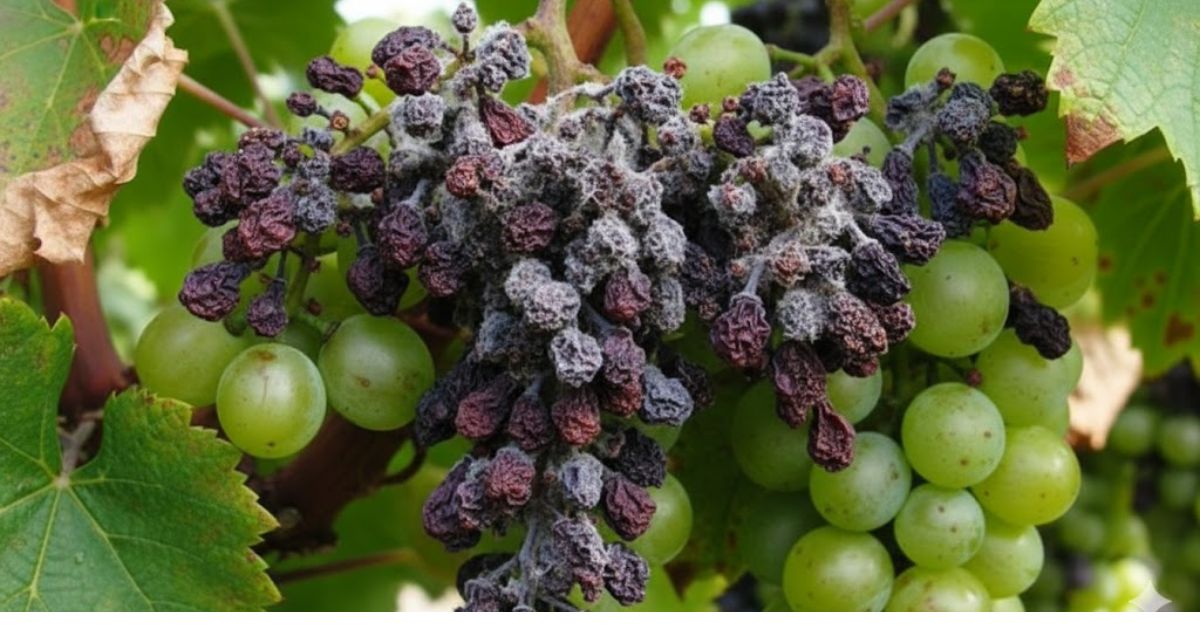Gardening enthusiasts know the joy of seeing tiny seedlings sprout, signalling the beginning of a thriving garden. However, these delicate plants are not immune to threats, one of the most common being damping off disease. But what is damping off disease, and how can you protect your seedlings from this pervasive problem?
Damping off disease is a term used to describe the wilting and eventual death of young seedlings caused by soilborne pathogens. This disease can strike swiftly, often wiping out entire trays of seedlings overnight. Understanding what causes damping off and implementing preventive measures is crucial for any gardener aiming to nurture healthy, robust plants from the start. In this article, we’ll delve into the specifics of damping off disease and share practical tips on protecting your seedlings from its damaging effects.
Understanding Damping Off Disease
Definition: Damping off disease is a common and destructive condition that affects young seedlings die, often leading to their sudden death. This disease occurs primarily in the early stages of plant growth, attacking seedlings shortly after germination. It is characterized by the rotting of stem tissue at or near the soil line, causing the seedlings to collapse and die. The impact of damping of seedlings off can be devastating, as it can decimate entire batches of seedlings, undermining the efforts of gardeners and farmers.
Causes: Damping off disease is caused by several soilborne pathogens, mainly fungi and oomycetes. The most common culprits include Pythium, Rhizoctonia, and Fusarium species. These pathogens thrive in specific conditions, making certain environments more susceptible to the disease.
- Pythium species are water moulds that are particularly aggressive in wet and poorly drained soils.
- Rhizoctonia is a fungus that can persist in the soil for long periods and is often associated with warm, moist conditions.
- Fusarium species are known for their ability to infect a wide range of plants. They thrive in soil that remains consistently moist.
Environmental factors such as excess moisture, poor ventilation, and seedling overcrowding promote the disease. Overwatering, high humidity levels, and insufficient air circulation create a perfect environment for these pathogens to proliferate and attack vulnerable seedlings.
Symptoms: The symptoms of damping off disease can appear suddenly and progress rapidly. In the initial stages, seedlings die may show signs of wilting, with leaves turning yellow or losing their vibrant colour. DiscolourationThe appearance of water-soaked lesions on the stems at the soil line often accompanies discolouration.
As the disease advances, the affected seedlings may experience stem collapse, where the stem becomes thin, weak, and unable to support the plant, leading to the seedling’s toppling. Eventually, the seedlings succumb to the disease, often resulting in patches of dead seedling or dying seedlings plants within the seedling tray or garden bed. How to Prevent Tomato Catfacing: Expert Tips for Healthy Crops
Understanding these symptoms and causes is essential for early detection and effective management of damping off disease, helping gardeners protect their seedlings and ensure successful plant growth.
Identifying Damping Off Disease
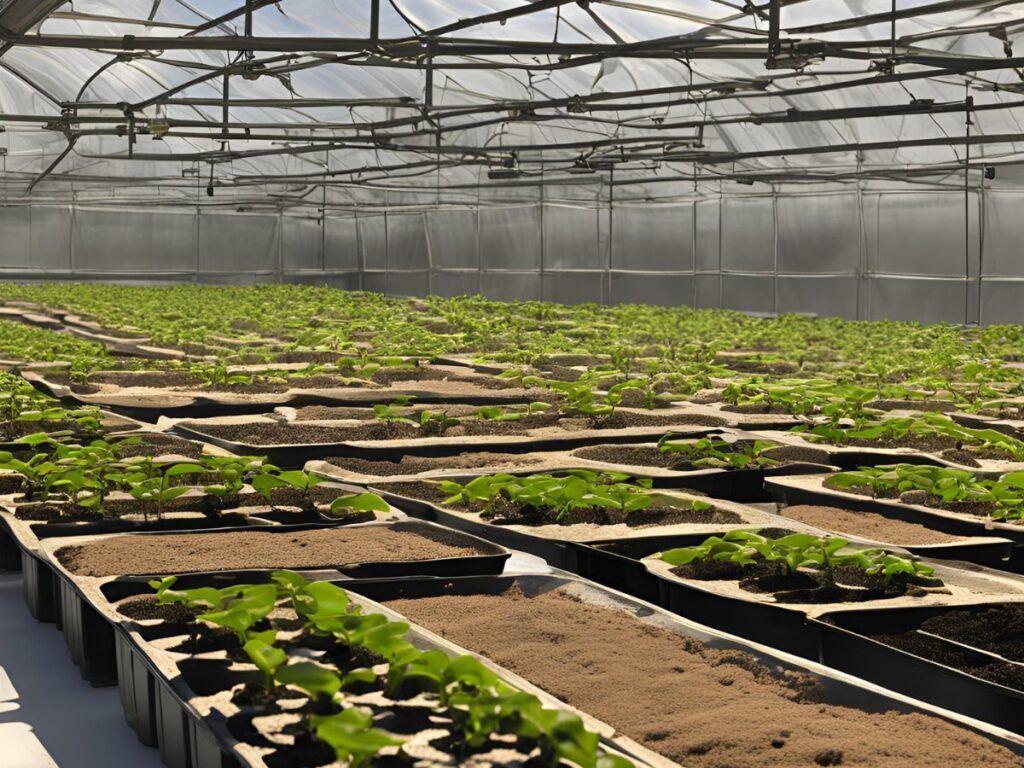
Visual Cues: To identify damping off disease, gardeners should closely observe their seedlings for specific visual signs. Early symptoms include seedlings that appear to be wilting or have lost their vigour, even when the soil is adequately moist. The most telling sign is the development of water-soaked, dark lesions at the base of the stem, where it meets the soil. These lesions cause the stem to become thin and weak, leading to the eventual collapse of the seedling. In some cases, the stem may appear pinched or girdled, making the upper part of the seedling unable to stand upright.
Common Mistakes: Misidentifying damping off disease with other plant issues is a common challenge for gardeners. For example, overwatering, nutrient deficiencies, or other fungal infections may cause wilting or yellowing of seedlings, leading to confusion. Unlike other problems, damping off is typically localized to the stem near the soil line. It is associated with rapid plant death after the initial symptoms. Recognizing these characteristics helps distinguish damping off from other conditions, such as root rot or general stress due to environmental factors.
Importance of Early Detection: Early detection of damping off disease is crucial to prevent its spread and minimize losses. Once the disease takes hold, it can quickly devastate entire trays of seedlings, especially in warm, moist environments where the pathogens thrive. By identifying the symptoms of damping off early, gardeners can implement corrective measures such as improving drainage, enhancing air circulation, and applying appropriate fungicides. Catching the disease early saves the current batch of seedlings and helps maintain a healthier growing environment for future planting. why do my seedlings keep dying
Prevention Strategies
Preventing damping off disease is essential to ensure the healthy growth of seedlings. By implementing a combination of proactive measures, gardeners can provide a setting that reduces the likelihood of this debilitating illness.
Seed Selection: One of the first steps in preventing damping off is selecting high-quality, disease-resistant seeds. Some seed varieties are bred to resist common pathogens that cause damping of seedlings. Using these resistant seeds reduces the likelihood of disease, giving seedlings a stronger start.
Soil Preparation: Proper soil preparation is crucial in preventing damping off disease. Using sterile, well-draining soil minimizes the presence of harmful pathogens. It is essential to avoid using reused potting mix unless properly sterilized, as old soil can harbour the fungi and oomycetes responsible for damping off. Sterilizing soil can be done by baking it in the oven or using other heat treatments to kill potential pathogens.
Watering Practices: Watering seedlings correctly is another key factor in prevention. Overwatering leads to waterlogged conditions that favour the growth of damping-off pathogens. To avoid this, gardeners should water seedlings moderately and ensure the soil surface dries between waterings. A recommended method is bottom watering, where water is added to the tray or container holding the pots, allowing the soil to absorb moisture from below. This technique keeps the soil surface drier and less conducive to pathogen growth.
Spacing and Ventilation: Proper spacing and ventilation are critical to preventing the spread of damping off disease. Crowded seedlings create an environment where air circulation is restricted, increasing humidity and the potential for disease development. Gardeners can reduce humidity levels and improve airflow around the plants by providing adequate spacing between seedlings. Proper air circulation lowers the likelihood of infections taking hold and keeps the foliage dry.
By putting these preventative measures into practice, the chance of damping off disease can be greatly decreased, encouraging the development of strong, healthy seedlings.
Treatment Options
Treatment for damping off disease has already affected your seedlings, taking immediate action is essential to prevent further damage. A combination of natural remedies, chemical solutions, and environmental adjustments can help manage and halt the spread of this disease.
Natural Remedies: Natural fungicides and home remedies can effectively treat early stages of damping off. One popular option is a chamomile tea solution, which acts as a mild fungicide. After making chamomile tea and allowing it to cool water your seedlings. Another home remedy involves sprinkling ground cinnamon on seedlings around the base of the seedlings, as cinnamon has antifungal properties that can help combat the pathogens causing the disease. Other natural options include garlic extract or a weak hydrogen peroxide solution to help reduce fungal populations in the soil.
Chemical Solutions: Chemical fungicides may be necessary for more severe cases of damping off. Fungicides containing active ingredients like captan, thiram, or copper-based compounds can effectively control the spread of pathogens responsible for damping off. Following the manufacturer’s instructions is essential when using chemical solutions to ensure proper application and avoid potential damage to the seedlings or the environment. Fungicides are typically applied as soil drenches or sprayed directly on the affected area.
Adjusting Growing Conditions: Modifying the growing conditions is a critical step in halting the spread of damping off disease. This involves improving drainage by ensuring the pots or trays have adequate holes to allow excess water to escape. Reducing humidity levels can be achieved by increasing ventilation by using fans or spacing out the seedlings died to allow better air circulation. Avoiding overhead and switching to bottom watering can also help keep the soil surface dry, making it less hospitable for pathogens.
By combining these treatment options, gardeners can effectively manage damping off disease and safeguard their seedlings, ensuring a healthier growing environment.
Long-Term Maintenance
Preventing damping off disease in the long term requires ongoing vigilance and good gardening practices. By incorporating regular checks, maintaining soil health, and adopting preventive measures, gardeners can create a resilient environment that minimizes the risk of this disease.
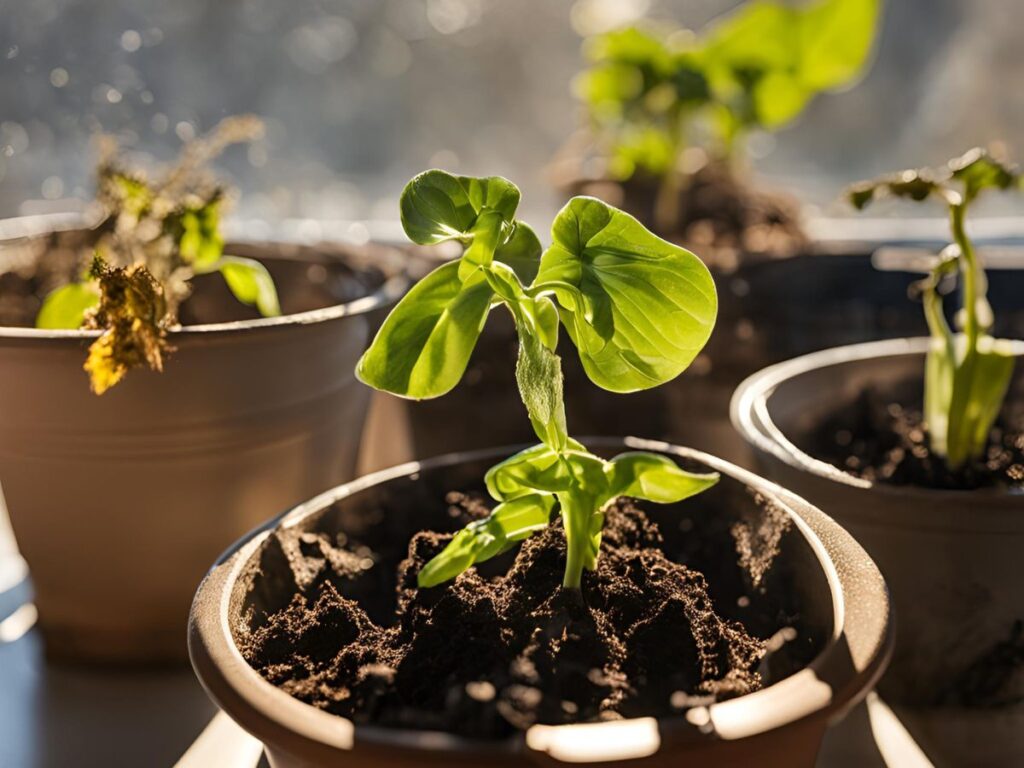
Routine Checks: Regular inspection of seedlings died and young plants is essential for catching early signs of damping off disease. Gardeners should make it a habit to closely examine their plants for any indications of wilting, discolouration, or stem lesions, particularly at the base of the seedlings. Early detection allows prompt intervention, preventing the disease from spreading and affecting more plants. how to prevent bananas from splitting
Soil Health: Maintaining healthy soil is crucial for preventing the recurrence of damping off disease. This entails making certain that the soil has a high organic matter content and drains properly, which supports beneficial microorganisms that can suppress harmful pathogens. Avoiding the reuse of old potting mix without proper sterilization is also essential, as it can harbour disease-causing fungi and oomycetes. Regularly amending the soil with compost and other organic materials helps to keep it nutrient-rich and balanced, fostering a healthy environment for plant growth.
Best Practices: Incorporating preventive measures into daily gardening routines is one of the most effective ways to combat damping off disease in the long term. Best practices include proper seedling spacing to avoid overcrowding, ensuring good air circulation around plants, and practicing appropriate watering techniques, such as bottom watering, to prevent excess moisture on the soil surface. Additionally, using clean tools and containers and opting for disease-resistant seeds when possible further reduces the risk of damping off.
By adhering to these long-term maintenance strategies, gardeners can build a robust defence against damping off disease, ensuring healthier pea plants dying from bottom up and more successful gardening outcomes over time.
Conclusion:
Understanding and preventing damping off disease is essential for growing healthy and thriving seedlings. This common yet destructive disease can swiftly decimate young plants if not addressed early, making knowledge and prevention key components in successful gardening. By recognizing the signs, implementing preventive strategies, and maintaining long-term vigilance, gardeners can significantly reduce the risk of damping off and ensure their seedlings develop into vigorous, healthy plants.
We encourage you to apply the tips in this article, from choosing disease-resistant seeds and practising proper watering techniques to maintaining healthy soil and improving air circulation. By taking these easy yet efficient precautions, you can keep your seedlings from drying out.
Why are my seedlings wilting Have you encountered damping off disease in your garden? We’d love to hear about your experiences and how you tackled it. Please feel free to ask questions or share your opinions experiences in the comments section below. We can build a community of informed gardeners who are willing to support one another’s growth if we work together.
FAQs
1. What is damping off disease?
A fungal infection known as “damping off disease” affects seedlings, causing them to wilt, collapse, and eventually die. Pathogens like Pythium, Rhizoctonia, and Fusarium most commonly cause it.
2. What are the leading causes of damping off?
Damping off is typically caused by a combination of factors, including excessive moisture, poor ventilation, overcrowded seedlings, and contaminated soil or water, which promote the growth of fungal pathogens.
3. How can I prevent damping off disease?
Prevention strategies include using disease-resistant seeds, sterile and well-draining soil, proper watering techniques (like bottom watering), maintaining good air circulation, and avoiding seedling overcrowding.
4. What are the symptoms of damping off disease?
Symptoms include wilting, discolouration, water-soaked lesions at the base of the stem, thinning of the stem, and sudden seedling collapse.
5. Can damping off disease be treated naturally?
Natural remedies such as chamomile tea, cinnamon, garlic extract, or a weak hydrogen peroxide solution can help manage the early stages of damping off disease.

